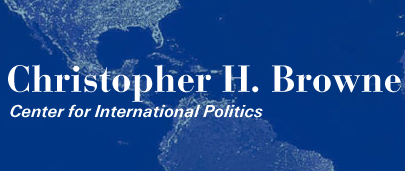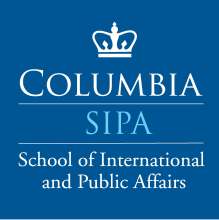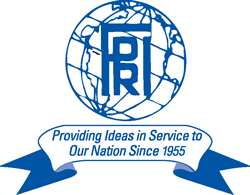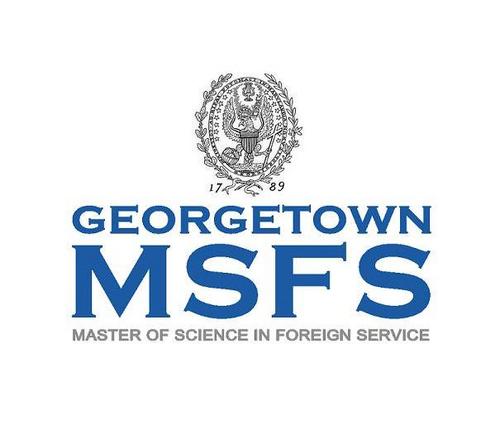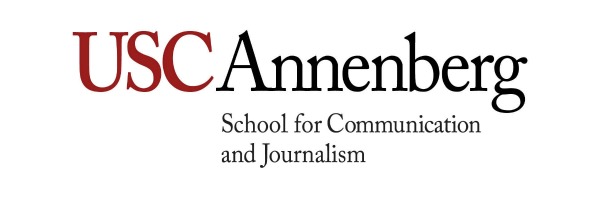By Akshay Kirti
Earlier this year, the Indian Prime Minister, Narendra Modi, launched a campaign called ‘Save Girl Child, Educate Girl Child’ to combat the practice of sex-selective abortions. The campaign was launched in Haryana, the state with the worst gender imbalance in the country. As part of the campaign, Prime Minister Modi urged people to post selfies with their daughters under the hashtag #SelfiewithDaughter.
In India, Goddess Durga is worshipped for power, Laxmi for wealth and Saraswati for knowledge. In the same nation, women are still considered inferior to men. In a society with patriarchal norms, the bias against women instigates female infanticide.
In addition, people don’t have the resources to educate their children and the dowry system prevailing in the country drains the family’s small income. This is what impels the people to abort the female fetus. This inhuman practice, which has been going on despite strict laws, has caused gender imbalance in India.
Because of the 'missing girls' - a term coined by Amartya Sen in the 1980s to describe the large number of women who are not alive due to family neglect and discrimination - it has become difficult to find girls of marriageable age. The problem is severe in northwestern states of India such as Haryana, Punjab, Uttar Pradesh and Rajasthan. These states have some of the skewed sex ratio in the country. The situation compels men to buy girls from other states, which have better sex-ratio. Because of the heavy demand for brides, a market, called ‘bride market’ has flourished in the country. The bride market has demand from the northwestern states often termed as ‘buyer states’ and the market has supply from the poor eastern and northeastern states, termed as ‘supply states’.
Supply States
The supply- states comprise Bihar, West Bengal, Assam, Orissa and Jharkhand.
The supply states are the ones from where ‘marriageable’ girls are trafficked. The girls are mostly from the poor families who lack even the basic necessities and cannot pay the high dowry. This makes their bargaining power in the marriage process very low.
The low economic development of these states leads to higher unemployment and poverty. Because of such economic conditions, only one son per family gets married otherwise the family property gets divided which decreases its productivity. The women usually lag behind as they remain unemployed and unmarried.
This creates opportunities for the trafficking agents to coerce these women. Several trafficking agents work as recruiting agents who make fake job offers from non-existing employers.
Buyer States
The Buyer states are Haryana, Punjab, Rajasthan, and Uttar Pradesh. The sex ratio in these states is the most skewed in the country.
These are economically prosperous states of India. The economic prosperity inculcates the feeling of son - preference in these places.
The liberalization of the Indian economy, which started in 1991 under the then Prime Minister Narsimha Rao, led to the easy availability of ultrasound. Ultrasound was a cheap and safe way to determine the sex of the fetus. There was a fast ultrasound expansion in the states which enjoyed economic prosperity and a slow ultrasound expansion in the poverty ridden regions).
The cost of ultrasound test is in the range of $10 to $20. This easy availability and affordability and excessive unregulated use of diagnostic tools led to decline of female population in the buying states which led to the decline in the number of girls for marriage in the region.
Women in India usually marry men of higher income or ‘caste’, hence for a richer man it’s easier to find a bride.Poor men are forced into a long or permanent bachelorhood which is the reason behind the increased crimes against women in India. Most of the men indulged in such crimes are bachelors (age 18-35) and are economically backward.
Bride as a commodity:
The condition of imported brides inNorth-West India is horrifying. The imported brides in these states are not treated with respect. They are treated like commodities, beaten like animals and they live in woeful conditions. They are usually not permitted to step out of their houses due to the fear that they could escape from the villages.
The brides are expected to give birth to only boys and failure to do so has its own nightmarish consequences, as theyare resold to some other men for a considerable monetary amount.
These imported brides are often referred to as ‘molki’, a derogatory term that in Hindi means ‘purchased.’ They are often dragged into professions such as prostitution and farm labor.
Some women succeed in escaping from the buyer states, but others, who fail to escape, die in miserable conditions and some othersgo into the same profession of bride trafficking.
Governance and bride trafficking:
In 1991, the sex ratio (age group 0-6) was 945. To control the selective sex abortion to the Pre-Conception and Pre-Natal Diagnostic Techniques Act was brought in 1994 by the Government of India. But the sex ratio (age group 0-6) declined to 927 in 2001. The Act was amended in 2002 but the 2011 census report showed a further decline in the sex ratio (age group 0-6) to 919.
There are 225 anti-human trafficking units across the country (as of 2012) which led to an increase in registration of cases and stronger prosecution.
According to the National Crime Records Bureau (Ministry of Home Affairs, Government of India), 100 cases of ‘Selling of Girls for Prostitution’ were reported in 2013. In 2012, 108 such cases were reported in the country. There is a 7.4% decrease in such incidents but no change in crime rate was observed during the year 2013 as compared to the year 2012.
Clearly, skewed sex-ratio, crime rates, dipping conviction rates and politicals highlight the gap between the government policies and their implementations.
Akshay Kirti is studying economics at Patna University, India. He is an editor, debater and writer. He has studied International Political Economy at King’s College London Delhi Summer School. He has a keen interest in political economy and is involved with many NGOs such as Green Saver and Welfare and Student's Oxygen Movement where he teaches English and conducts British Parliamentary Debates and spelling bees for the underprivileged children.
Reference List
Akbulut-Yuksel, M., ed. 2012. The India Ultrasound Paradox. January: http://ftp.iza.org/dp6273.pdf
Daily News and Analysis.2013. Sex ratio in Haryana worst among all states: http://www.dnaindia.com/india/report-sex-ratio-in-haryana-worst-among-all-states-1829031
Dhawan, H.2015. PM Modi launches ‘Beti Bachao, Bati Padhao’ campaign, says female foeticide is a sign of ‘mental illness’, January 23.
Factly.2015. The ‘Beti’ issue – Declining CSR (Child Sex Ratio) in India: https://factly.in/the-beti-isssue-declining-child-sex-ratio/
Ministry of Home Affairs.2015: http://mha1.nic.in/par2013/par2015-pdfs/rs-250215/205.pdf
Narendra Modi.2015. PM Modi’s clarion call to share #SelfieWithDaughter a worldwide hit: http://www.narendramodi.in/pm-modi-s-clarion-call-to-share-selfiewithdaughter-a-worldwide-hit-173039
National Commission for Protection of Child Rights. n.d. Pre-Conception & Pre-Natal Diagnostic Techniques Act, 1994: http://www.ncpcr.gov.in/view_file.php?fid=434
National Crime Records Bureau . 2013. Crime in India: http://ncrb.gov.in/CD-CII2013/Chapters/6A-Human%20Trafficking.pdf
Shetty, D. 2015. India’s bride markets grow, while trafficking convictions decline, January 06.
Sharma, V.2011. Brides purchased, then exploited in Haryana, Punjab, August 26.
The Economist.2011. Seven brother: http://www.economist.com/node/18530371
Wikipedia. n.d. 2011 Census of India: https://en.wikipedia.org/wiki/2011_Census_of_India






